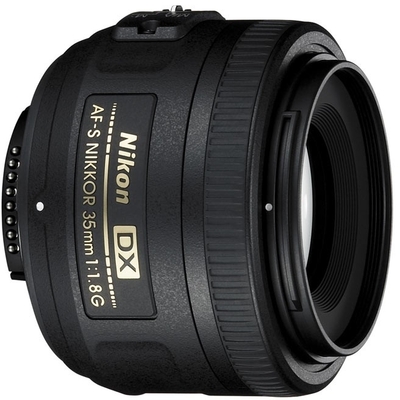What is a camera lens? It’s an optical lens or assembly of lenses used in conjunction with a camera body and mechanism to make images of objects either on photographic film or on other media capable of storing an image chemically or electronically. Lens used for a still camera, a video camera, a telescope, a microscope or other apparatus follow more or less the same principle, but the design and construction are different. Some camera lenses are fixed while others are interchangeable.

DSLRs are affordable and simple to use giving amateur photographers to go one level up from basis point-and-shoot cameras. Consumer-grade DSLRs, such as Nikon D90 are sold with basic zoom lens. The kit lens that comes with it is versatile and because of this many of the users don’t move beyond using another camera lens. This is mainly due to the fact that there are many lens option available for DSLRs and they are categorized and sold in confusing names and numbers. The option of carrying around a bagful of camera lenses, like golf clubs, is limited to the pro photographers. They know what lens goes for what shot and thus getting a perfect shot.
It’s important to know that having the right lens can make a difference in the picture that’s more crucial that the camera itself.
It’s important to know that having the right lens can make a difference in the picture that’s more crucial that the camera itself.
It’s important to know that to obtain the right lens require spending wisely, refining interests and understanding a few basics.
Zoom Lens vs. Prime lens – Zoom lens zooms in and out, allowing magnification of the subject.A prime camera lens cannot zoom. For getting closer to a subject or farther away, you would have to move your legs rather than the zoom ring on the lens. However prime lenses are cheaper than zoom lenses, offer sharper results and have wider apertures, which mean it can perform better in low light situations. Zoom lens offer more versatility, they allow you to change lens, and therefore the type of shot you’re getting. Both the zoom and prime lenses are classified according to their focal length. Often measured in millimetres, the focal length specifies the distance at which something is in focus. Prime lenses come with a set focal length, and they are labelled as 35 mm, 50 mm and so on. Zoom lenses offer a range, like 18-55 mm, 70-300 mm. With a 70-300 mm lens you get a focal length as wide as 70 mm and as close as 300 mm and everything in between.
Aperture – It determines how much light the camera lens can allow in. Wider aperture means more light is allowed and the lenses are often marked by smaller numbers, e.g. f/1.8. Lenses with narrow aperture are marked with larger numbers, e.g. f/5.6. Aperture is a visible part of the lens. The markings like f/1.8 indicates the maximum aperture the lens allows.
When you combine focal length and aperture, reading lens name becomes easier. For example, 18-55 mm f/3.5-5.6, means that you can capture a subject as wide as 18 mm with a maximum aperture of f/3.5 and zoom in as close as 55 mm with an aperture of f/5.6.
When you combine focal length and aperture, reading lens name becomes easier. For example, 18-55 mm f/3.5-5.6, means that you can capture a subject as wide as 18 mm with a maximum aperture of f/3.5 and zoom in as close as 55 mm with an aperture of f/5.6.
Fisheye lenses are the widest range of lenses. They offer extreme depths and they usually come in 12 mm or less. Wide angle lenses offer focal lengths of 18-30 mm and they also offer depth but to a lesser extent when compared to a fisheye camera lens. Standard lenses are of the range 35-85 mm and they are like eyes, offering a more natural look to the picture. They are usually used for portraits, nature or portfolio shots. Telephoto lenses usually come in 100-300 mm range and they allow you to get closer to a subject without physically moving closer. Super telephoto lenses are of ranges 300 mm or more and are usually used for taking pictures of subject that are at a great distance, like the moon. Always start with a basic lens and master it before moving on to the next level of lenses. You’ll be able to handle and be able do more with the lenses.
No comments:
Post a Comment